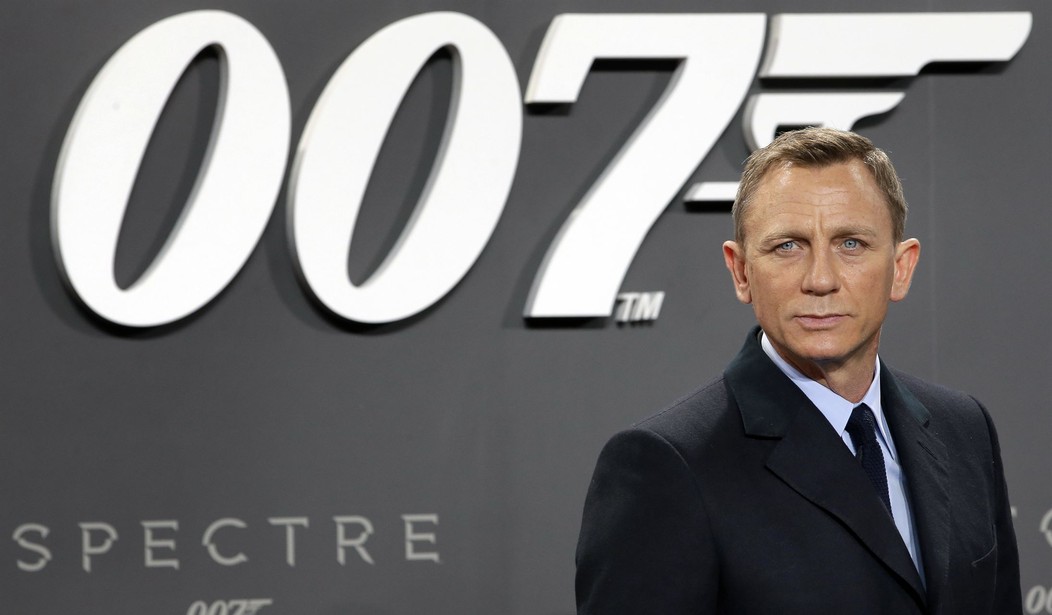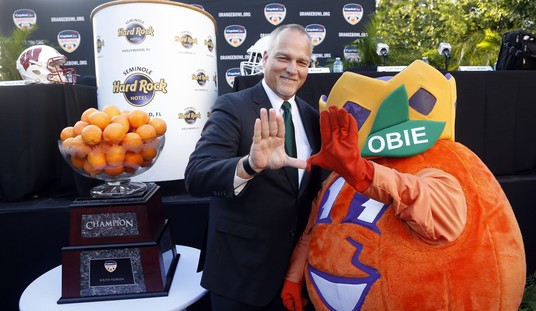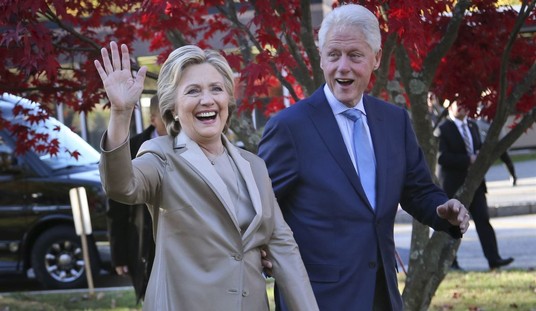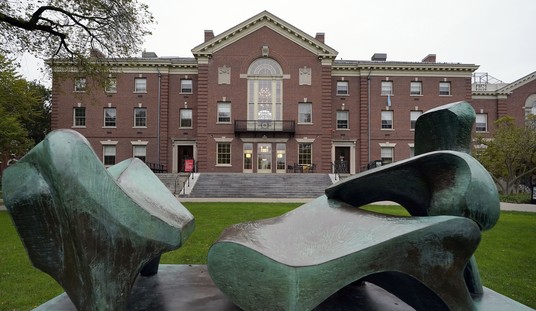I've written this recently, but I think it bears repeating... PAW Patrol is actually a pretty great brand. Weird way to start an article, I know, but my two-year-old son recently got into it with gusto, which means screen time usually involves watching a PAW Patrol episode or movie. What strikes me about the show is how much it doesn't annoy me as a grown man. In fact, there are moments where I find myself invested in the plot.
It's a show written primarily for preschool boys, with heroic pups driving around cool vehicles that have gadgets galore. Yet, diving into the demographics, I was surprised to find that of the 121,000 households that tune into the show on Nickelodeon, 39,600 of those are in the 18-49 bracket. This actually shares similarities with another global sensation about cartoon dogs, Bluey, which is a show made for children 2-11, but actually has the 25-34 demographics making up the largest part of its demographics.
The fascinating part is that these shows that are clearly aimed at specific groups have found much broader appeal. Meanwhile, studios keep churning out entertainment "for everyone" and finding very little audience, at least comparatively.
As you know, Disney's "Snow White" was released, and Disney spent millions of dollars rewriting and reshooting what was already a disaster in order to make it more appealing to a broader audience. This attempt to attract everyone ended up attracting no one.
Of course, you could say that about a lot of things coming out nowadays. Star Wars went from being a franchise that mostly appealed to men ages ten and up, but Kathleen Kennedy's attempt to make a Star Wars universe more welcome to everyone, with "everyone" being a strong focus on getting women into the franchise, ended up driving away audiences of all ages and genders.
"The Witcher" series on Netflix should have been a show that appealed to the fantasy nerd aged 18 and up of both genders, but in an attempt to make it "diverse" and palatable for a "modern audience" that doesn't exist, the show ended up falling flat on its face, becoming one of Netflix's greatest failures.
Amazon's "The Rings of Power" could have taken J.R.R. Tolkien's values and lore and created an incredible addition to Peter Jackson's incredible trilogy that it was clearly taking inspiration from, but it too attempted to appeal to a modern audience while getting women into it, and a brand that is globally beloved by all kinds of people turned into an annoyance that few people tuned into.
Studios got it into their heads that to make the most money, they need to appeal to the most people, but by doing that, they end up appealing to no one. There's not enough meat to bite into for people with specific tastes, and thus, everyone who takes a bite comes away with nothing substantial to enjoy. It's like trying to water down a glass of Coca-Cola in order to appease people who don't like that brand of soda. Now you've just made a drink no one wants to consume.
As reported by Cosmicbook News, Amazon recently ousted Amazon MGM Studios head Jennifer Salke for continuing to make this mistake over and over, and apparently she was about to make it again in one of the most unforgivable ways possible. She was going to "modernize" James Bond:
Reports claim that under Jennifer Salke, Amazon wanted to take the James Bond franchise in a new direction—with a female lead and spinoffs featuring diverse characters in a Marvel-style cinematic universe. Rumors say Jeff Bezos pushed back, sending a company-wide memo stating that James Bond will remain British and male.
This is the smartest move Amazon's ever made. Bond is a character that appeals to adult males. He's clever, deadly, sharp, and sophisticated. Ladies want him, and men want to be him. This tight focus on Bond as a character made him appealing to many other people, and made him a legendary figure in Western culture. Making him a character that men enjoyed watching movies about gave him broader appeal because the tighter focus meant for tighter storylines and character development.
Stripping him of these qualities, or even his gender, in order to make him more palatable for Stacy, a 20-year-old white girl at Berkley, while still trying to stick to "safe" characteristics creates a character that isn't Bond, and thus someone no one will like.
This rule can be applied in all sorts of cases. Classic Disney films were often aimed at young girls, and "Cinderella," "Snow White," and "Sleeping Beauty" were made with qualities young girls would find appealing, yet they ended up having universal appeal. I would happily sit down and watch a movie like "Tangled" despite it clearly being a movie for girls aged 5-20 because the movie is fun, well done, and has great characters.
A major lesson that needs to be learned by studios is that it's okay if a certain demographic doesn't like something you made. If a film doesn't appeal to women 18-45, it's perfectly fine. It doesn't have to, and the likelihood that it will attract chunks of that demo is higher if the story is tighter and the characters are interesting, even if it's specifically made for those in that same age bracket.













